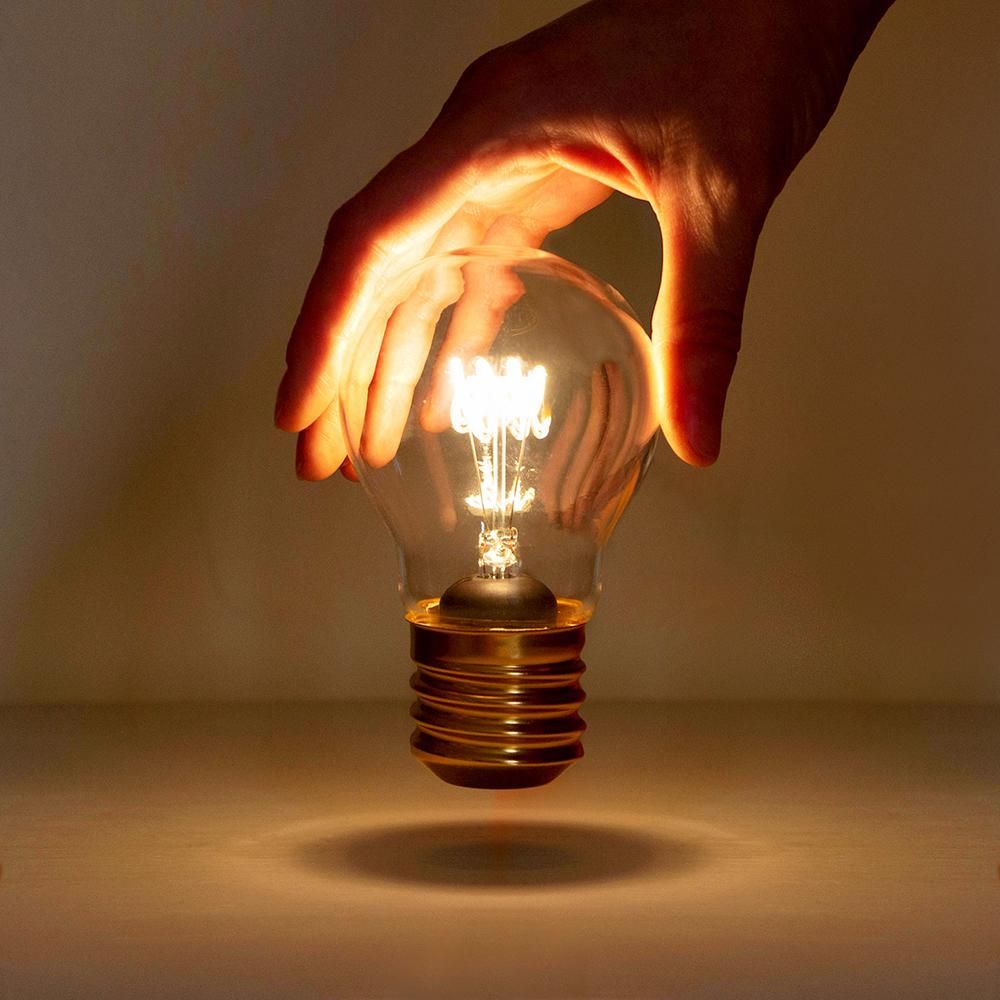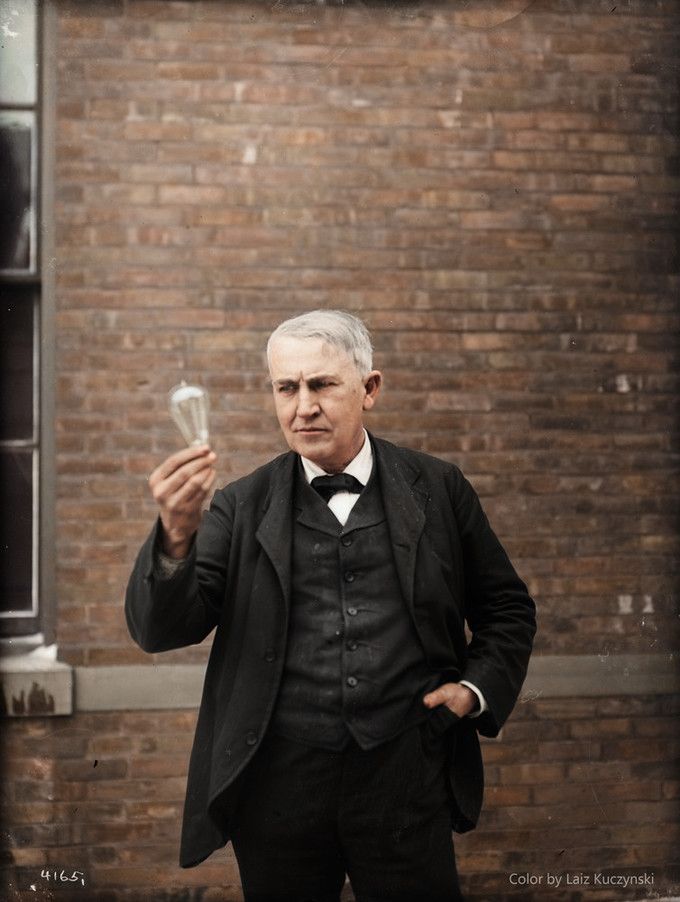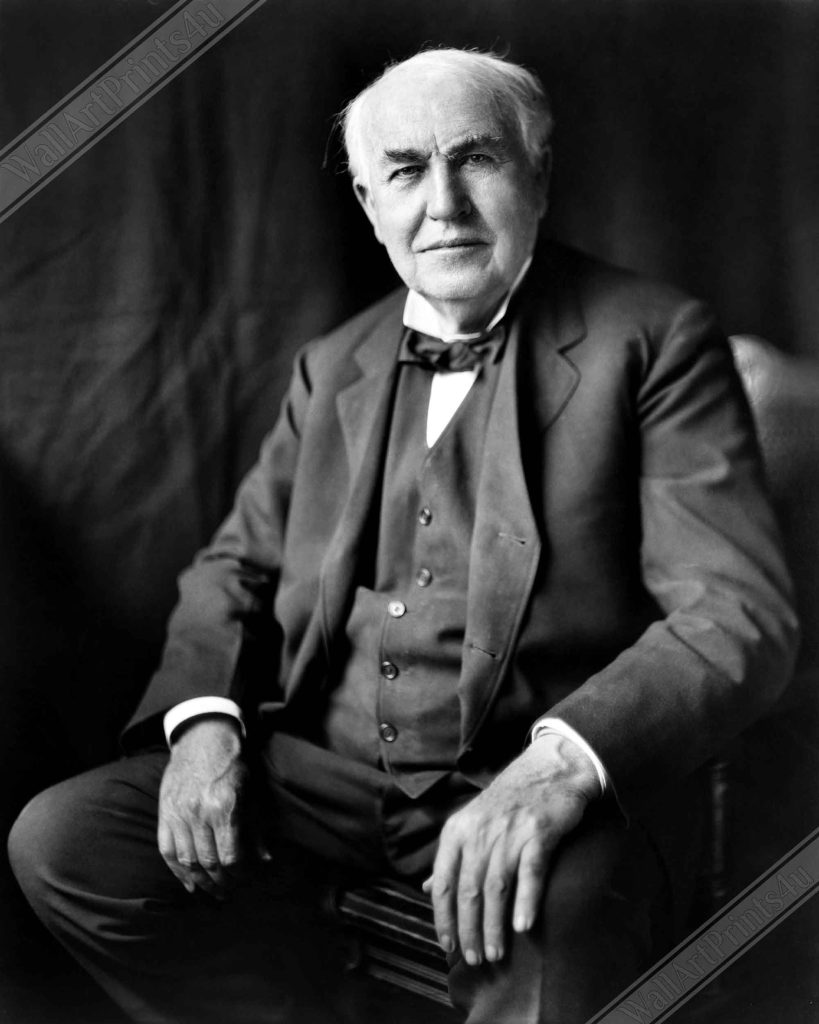
The Invention of the Electric Light Bulb: A New Jersey Legacy
The electric light bulb, a revolutionary invention that fundamentally changed the way humanity lived and worked, has deep roots in the state of New Jersey. The story of the electric light bulb is not just a tale of innovation but also a testament to the ingenuity and determination of one of the world’s greatest inventors, Thomas Edison. His laboratory, known as the Edison Laboratory, located in Menlo Park, New Jersey, played a pivotal role in the development and popularization of the incandescent light bulb.
Thomas Edison’s Laboratory in Menlo Park: In 1876, Thomas Edison, already a renowned inventor, chose Menlo Park as the location for his research and development laboratory. This decision would prove to be a historic one. Situated in Edison Township (now Edison City), the laboratory was strategically positioned not far from the bustling metropolis of New York City.
The Incandescent Light Bulb: Thomas Edison’s primary objective at the Menlo Park laboratory was to create a practical and commercially viable electric light bulb. He aimed to find a way to illuminate homes, businesses, and streets without relying on gas lamps or candles, which were the predominant sources of artificial light at the time. The challenges were immense; Edison needed to create a bulb that could produce a steady, long-lasting, and affordable source of light.
Edison’s Tireless Work: Edison and his team conducted thousands of experiments, tirelessly testing various materials and designs for the light bulb’s filament. After countless trials, they discovered that a carbonized bamboo filament provided the longevity and stability needed for a successful light bulb. In 1879, Edison filed for a patent for his incandescent lamp, which was granted in 1880.
The Birth of “The Wizard of Menlo Park”: Edison’s success in creating a practical light bulb earned him the nickname “The Wizard of Menlo Park.” His achievement was nothing short of extraordinary. With the electric light bulb, he paved the way for the electrification of homes, businesses, and cities, forever changing the way people lived and worked. No longer did they have to rely on the inconsistent and often hazardous light sources of the past.
The Legacy of the Electric Light Bulb: Edison’s invention had far-reaching consequences. It not only improved the quality of life for millions but also laid the foundation for the modern electrical grid and the growth of the electric power industry. The world became more interconnected and efficient, and countless industries thrived thanks to the reliable and affordable source of light provided by the incandescent bulb.
The Thomas Edison National Historical Park: Today, the legacy of Thomas Edison and his remarkable invention is preserved at the Thomas Edison National Historical Park in West Orange, New Jersey. This national park includes the laboratory complex where Edison and his team worked diligently to perfect the light bulb and other innovations. Visitors can explore the laboratory, see the equipment and materials used in Edison’s experiments, and gain a deeper understanding of the scientific and technological breakthroughs that took place within its walls.
In conclusion, the invention of the electric light bulb by Thomas Edison in New Jersey is not just a historical footnote but a testament to the power of human creativity and determination. It transformed the world, making it brighter, safer, and more connected. New Jersey’s role in this transformative invention is a source of pride and a reminder of the state’s significant contributions to technological innovation.




